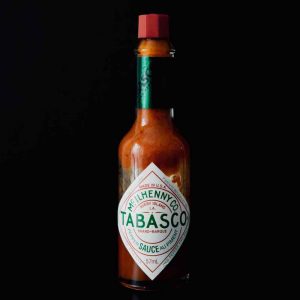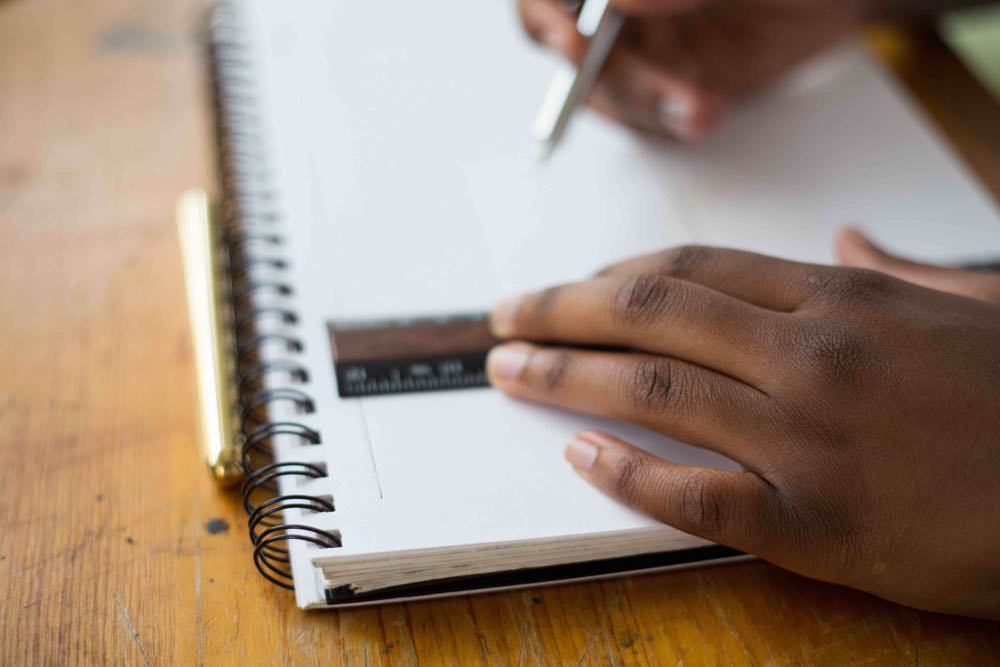To predict how individuals will think, respond or behave, psychologists can conduct scientific experiments. Below is a simplified example of how psychologists could measure the relationship between violent video games and aggression in children.
Steps of Experimental Methods in Psychology
To begin with, a team would recruit a number or participants. For this example, let it be 30 children, called a sample*. The sample of children would need to be unbiased, meaning that you could not simply recruit 30 children of the exact same age, gender, nationality, or economic status as this sample would not be generalisable, and would not represent the general population.
Once a fair and mixed sample is selected, the team could divide the group in half. They would have half the children play a violent video game for a couple of hours and the other half would play a non-violent video game, such as Candy Crush. For both groups of children the game playing would take place within a laboratory setting, but the laboratory setting should be staged to look like a lounge or bedroom so the game playing feels as normal as possible (an effect called mundane realism*).
 Researchers then need to determine an ethical way of measuring aggression. Now ethics is very important here, a psychologist could never antagonise the children then count how many fights the children got into after playing the violent video games. This is where psychologists need to be a little ingenious. One way they could measure aggression is to ask each child to make a hot dog for another child. There could be a table of sauces they could use. One of the sauces is labelled “Chilli sauce – very hot”. The amount of chilli sauce, intended to burn, that a child places on the hotdog is a measure of aggression. Then the team would compare the amount of chilli sauce used by the group playing violent video games compared to the group playing Candy Crush.
Researchers then need to determine an ethical way of measuring aggression. Now ethics is very important here, a psychologist could never antagonise the children then count how many fights the children got into after playing the violent video games. This is where psychologists need to be a little ingenious. One way they could measure aggression is to ask each child to make a hot dog for another child. There could be a table of sauces they could use. One of the sauces is labelled “Chilli sauce – very hot”. The amount of chilli sauce, intended to burn, that a child places on the hotdog is a measure of aggression. Then the team would compare the amount of chilli sauce used by the group playing violent video games compared to the group playing Candy Crush.
Many studies have actually employed this research design, or something to this effect, and results indicated the group of children who had played violent video games used significantly more hot sauce than the group of children who played the non-aggressive video game.
And don’t worry, that wasn’t actual hot sauce that was used in these experiments. It was tomato sauce – just relabelled.
Psychologists measure many interesting elements of human behaviour in experiments just like this. Some things psychologists have proven include:
- We can’t actually multitask and it’s not more efficient
- The elements or steps needed to break a habit
- That we emotionally forecast or overestimate our reactions to future events (including death or winning the lottery)
- Do you remember with crystal clear clarity where you were when you found out about 9/11, or Princess Diana’s death? Take a moment to recall this memory. Got it? Ok, well sorry to say, this vivid memory you’re having, known as a flashbulb memory*, is probably incorrect.
So that’s a simplified overview of how psychologists conduct experiments. For a more theoretical overview, click here.
Any experiments you would like to test? Let us know on Facebook.
Sample – a smaller group of individuals that resembles and represents the population at large.
Mundane realism – ensuring the experimental situation resembles the real world.
Flashbulb memory – a vivid memory of a highly consequential event
Click for more information, tips and articles on mental health.
References
Burton, L., Westen, D., & Kowalski, R. (2015). Psychology: 4th Australian and New Zealand edition. Milton, Qld: John Wiley & Sons Australia.

